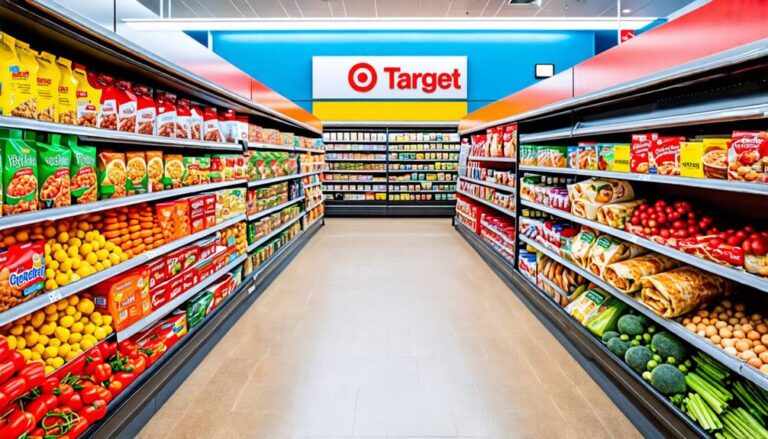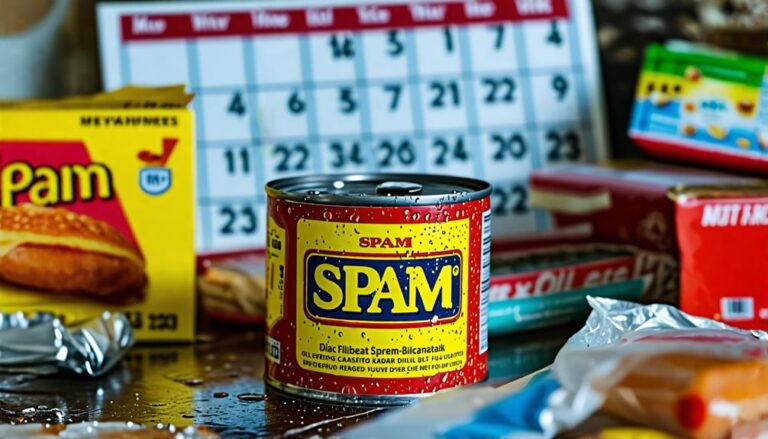The Inside Scoop on Grocery Store Markups: What You Should Know
Grocery shopping can feel like a delightful adventure for some and a daunting task for others, especially when faced with the price tags on everyday items. Understanding what goes into those prices is crucial, particularly in today’s economic climate where inflation impacts almost every product on the shelves. If you’ve ever wondered why some items are more expensive than others, here’s a closer look at the common grocery items that bear the heaviest markups.
What Are Grocery Markups?
Markups refer to the percentage added to the cost price of an item to cover expenses and profit. For grocery stores, this markup helps cover various costs including rent, utilities, and employee wages, among other operational expenses. Markup percentages can vary widely by item. For instance, water might have massive markups, while baked goods like bread might only see smaller increases. Understanding these markups can empower consumers to make smarter purchasing decisions.
A Colorful Cornucopia: The Pricey Produce Section
When you stroll through the produce aisle, you’re greeted by a vibrant array of fruits and vegetables, but be prepared to pay a premium for that freshness. It’s not uncommon for grocery stores to apply a markup between 50% to 75% on produce, especially delicate items such as berries, which require careful handling and transport. This means a farmer’s $0.80 per pound apple might end up costing you nearly $1.80 by the time it reaches your cart! To save a few bucks on fresh ingredients, consider local farmers’ markets where prices are generally closer to wholesale.
Breakfast Staples: Unpacking Cereal Prices
Cereal is a staple in many American households, but its price often reflects a significant markup. On average, cereals can have markups around 28%, with brands like Kellogg’s Corn Flakes soaring as high as 44%. Even with a price hike of 13.6% across various cereals recently, savvy shoppers can take advantage of sales cycles. Different brands often rotate promotional pricing, making it possible to snag a good deal.
Coffee: The Caffeine Conundrum
Whether it’s finely roasted grounds or pre-packaged instant coffee, expect to pay a premium for your daily brew. Grocery stores typically apply a 50% markup on coffee, while specialty cafes may push that number to 100%. This reflects the costs associated with harvesting, packaging, and marketing this beverage that has become a lifestyle choice for many. If you’re a frequent caffeine consumer, buying in bulk or exploring local roasters can be a wise choice!
Spices: A Dash of Expense
Spices add flavor to our dishes, but they’re one of the more surprisingly expensive items at grocery stores. Markups for branded spices can reach 97%, making ordinary seasonings an unexpected budget buster. Meanwhile, generic brands or purchases from ethnic markets often provide quality flavor at a fraction of the cost. Next time you’re flavoring a dish, keep an eye out for these bargains!
Sweet Treats: Candy and Ice Cream Delights
Who doesn’t love a sweet escape? Unfortunately, those delicious goodies come with hefty price tags. Candy often carries a markup close to 100%, while ice cream typically sees a 101% markup. You might think you’re getting a deal, but name brands like Ben & Jerry’s might have higher quality—though they’re 10 times more costly than their generic counterparts, which can be pumped with air for weight. It might be worth choosing a name brand for quality, especially with desserts where flavor makes all the difference.
The Takeaway
Understanding the markup strategy employed by grocery stores can enhance your shopping experience and save you money. From produce and cereal to the delightful treats that satisfy your sweet tooth, being informed about these markups puts the power back in your hands. So, the next time you find yourself filling your shopping cart, keep these insights in mind for a more budget-friendly approach! Happy shopping!




